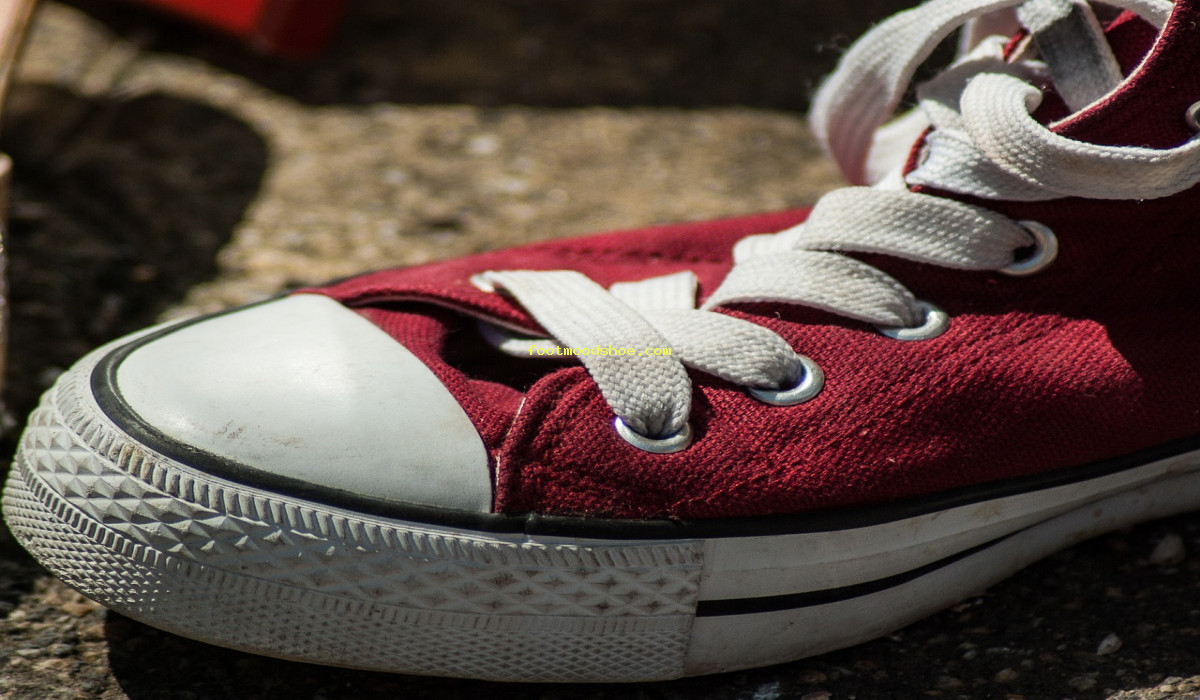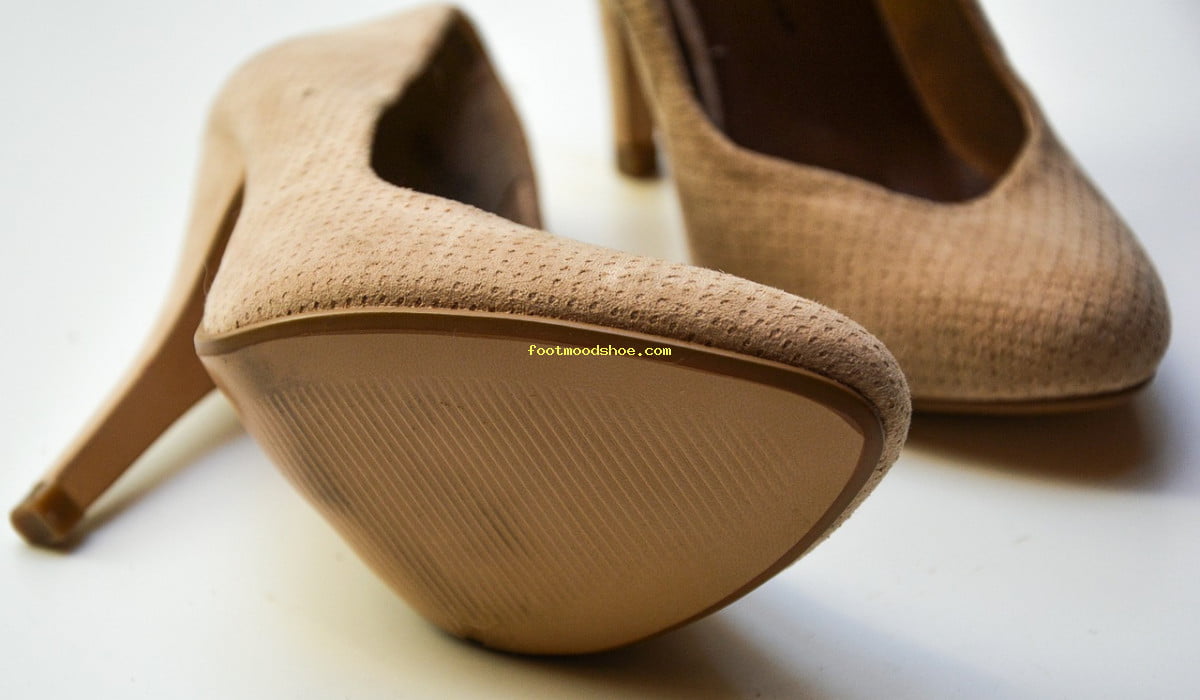Ditch the Elevator: How to Make Your Own DIY Heel Lift for Comfort & Confidence. Say goodbye to discomfort and hello to confidence with our guide on creating your own DIY heel lift.
How to Make Your Own DIY Heel Lift
Don’t let painful shoes hold you back any longer discover how to elevate your footwear game in no time.
Ditch the Elevator: How to Make Your Own DIY Heel Lift for Comfort & Confidence lift Don’t let Ditch the Elevator: How to Make Your Own DIY Heel Lift for Comfort & Confidence

DIY Heel Lift: The Solution to Your Shoe Woes
Do you struggle with discomfort or pain in your feet, ankles, or legs when wearing shoes? If so, you may benefit from using heel lifts. Heel lifts, also known as shoe inserts, are an easy and affordable solution for correcting imbalances in the body and relieving pain. In this blog post, we will explore what heel lifts are, how to make your own DIY heel lift, and answer frequently asked questions about this helpful tool.
What is a Heel Lift?
A heel lift is a shoe insert that provides additional height and support in the heel area. It is commonly used to address leg length discrepancies, foot misalignments, and other issues that can cause discomfort or pain when wearing shoes. Heel lifts can be made from a variety of materials, including foam, rubber, and gel, depending on the desired level of support and comfort.
What are the Benefits of Using a Heel Lift?
Using a heel lift can provide numerous benefits, including:
- Correcting leg length discrepancies
- Improving posture and alignment
- Reducing pain and discomfort in the feet, ankles, and legs
- Relieving pressure on the spine and joints
- Enhancing athletic performance
How to Make a DIY Heel Lift
Making your own heel lift can be a cost-effective and convenient option. You can customize the height, material, and comfort level to fit your specific needs. Here is a step-by-step guide on how to make your own DIY heel lift:
Materials:
- High-density foam
- Scissors
- Measuring tape
- Marker
- Adhesive (such as glue or double-sided tape)
Instructions:
- Measure the length and width of your heel and cut a piece of high-density foam to match those dimensions.
- Place your heel on the foam and trace around it with a marker.
- Cut out the traced shape with scissors, making sure to keep the edges smooth.
- Test the foam in your shoe to ensure it fits comfortably. If needed, trim the edges to adjust the fit.
- Apply adhesive to one side of the foam and place it in the heel area of your shoe.
- Repeat the process for the other shoe.
- Let the adhesive dry completely before wearing your shoes.
Tips:
- Start with a small heel lift and gradually increase the height as needed to avoid any discomfort.
- Consider using a non-slip adhesive to ensure the heel lift stays in place while wearing shoes.
- Experiment with different types of foam for varying levels of support and cushioning.
- Replace your heel lifts regularly to ensure they are providing proper support and not causing any issues.
FAQ
Q: How long should I wear a heel lift?
A: The amount of time you should wear a heel lift depends on your specific needs and level of discomfort. Start by wearing them for a few hours at a time and gradually increase the duration if they provide relief. It is important to listen to your body and not wear them for extended periods if they cause any discomfort.
Q: Can I use heel lifts in both shoes?
A: It is recommended to use heel lifts in both shoes to maintain balance and alignment in the body. However, in some cases, using a heel lift in only one shoe may be necessary to correct a leg length discrepancy or other issue.
Q: Are there any risks associated with using a heel lift?
A: When used properly, heel lifts do not pose any significant risks. However, if they are not the correct height or do not fit properly, they can cause discomfort or exacerbate existing issues. It is important to start with a small heel lift and gradually increase the height to avoid any potential risks.
Q: Can I use a heel lift for athletic activities?
A: Yes, heel lifts can be used for athletic activities to provide extra support and cushioning. However, it is important to choose a heel lift specifically designed for this use to avoid any discomfort or hindrance in performance.
Conclusion
Heel lifts are a simple and effective tool for improving posture, correcting imbalances, and relieving pain in the feet, ankles, and legs. With the ability to make your own DIY heel lift, you can easily customize the height and material to fit your specific needs. Remember to start with a small heel lift and gradually increase the height if needed, listen to your body, and replace them regularly for optimal results. Say goodbye to discomfort and hello to happy feet with heel lifts.
Say goodbye to discomfort and hello to confidence with our guide on creating your own DIY heel lift. Don’t let painful shoes hold you back any longer – discover how to elevate your footwear game in no time. Heel lift Ditch the Elevator: How to Make Your Own DIY Heel Lift for Comfort & Confidence
